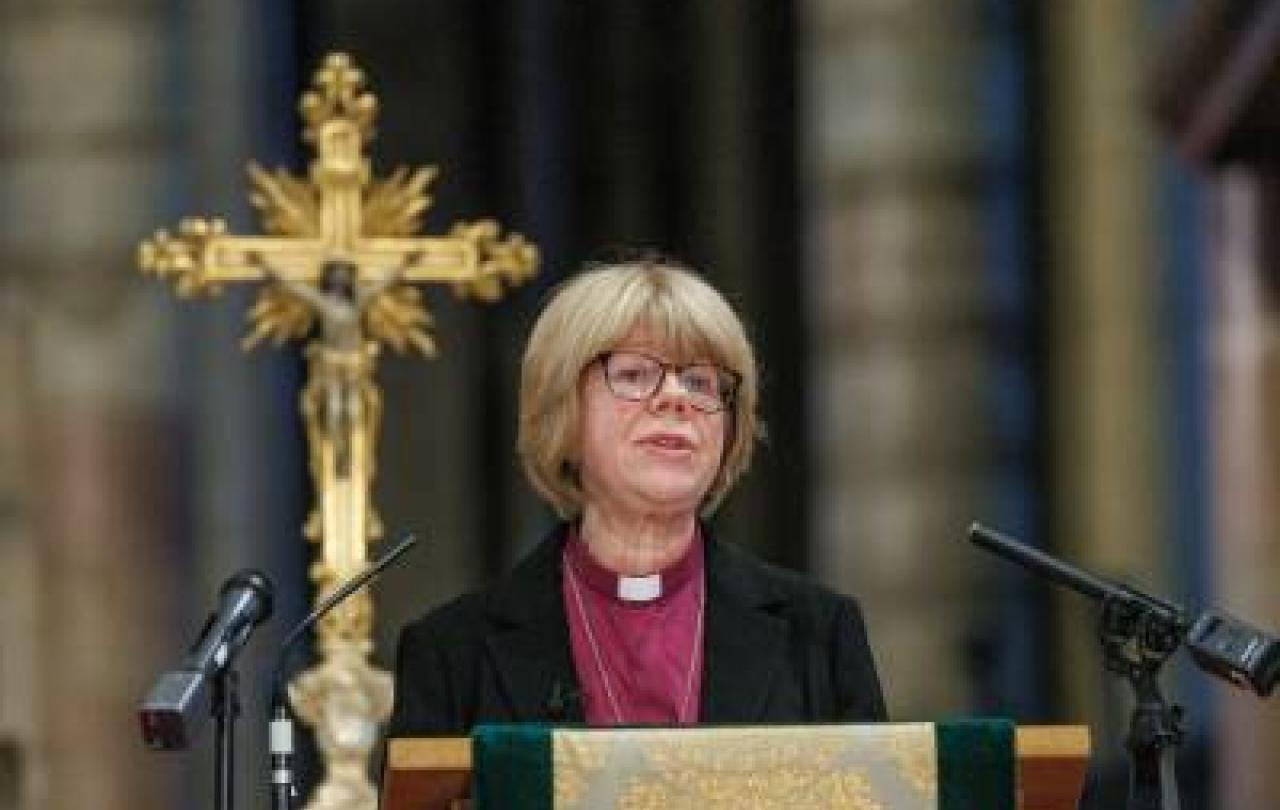
“I believe.” For many, the opening words of the Christian Creeds are self-defeating. Why read any further, when all they offer is opinions, rather than certainties? Faith is just a lower form of knowledge – a kind of hesitant half-truth, which seems out of place in today’s more sophisticated world, informed by science and philosophy rather than outdated worldviews inherited from a credulous past.
It’s a fair point. We cannot believe anything we like; there has to be reason to believe it, evidence in its support. For those wedded to a hard rationalism, we can only believe what can be proved to be true. Yet the problem is that the secure truths of logic and mathematics are existentially inadequate. We seem unable to escape the lure of “ultimate questions”, to use Karl Popper’s term for truths about meaning and value in life that frustratingly lie beyond the scope of science to confirm.
We can prove shallow truths. Yet the truths that really matter to us seem to lie beyond rational confirmation.
When it comes to the really important things in life, we are confronted with a rationalist dilemma. We can prove shallow truths. Yet the truths that really matter to us seem to lie beyond rational confirmation, often leading us into vicious argumentative circles rather than offering clear and persuasive proof. Bertrand Russell made this point in his famous defence of philosophy: “To teach how to live without certainty, and yet without being paralyzed by hesitation, is perhaps the chief thing that philosophy, in our age, can still do for those who study it.”
Albert Einstein was fond of using mental experiments to open up some fundamental scientific questions, finding that they combined imaginative reflection with rational analysis. Here is a useful mental experiment. Suppose we limit ourselves to a mental and imaginative world in which we only accept what can be proved to be true. What sort of world would that be? It would, obviously, be a world from which Christianity was absent. Yet, perhaps less obviously, it would be a world from which all beliefs – moral, political, social and religious – are excluded. It would be a world without moral values, which remain obstinately resistant to rational or scientific verification. My suggestion is that this mental experiment indicates that this world would be existentially, morally and personally uninhabitable.
The human quest for wisdom, goodness and meaning takes us beyond the cold certainties of logic.
The opening words of the Creeds need to be seen in this context. The human quest for wisdom, goodness and meaning takes us beyond the cold certainties of logic into a world in which we believe or trust certain things to be true, life-changing and live-giving – but cannot prove them to be true. The Latin word credo – traditionally translated into English as “I believe” – is better rendered as “I trust,” invoking the world of relationships rather than mere beliefs.
The Creeds set out a vision of reality – a vision that cannot be proved to be true, but which was found to be true by a community of people, who have passed down in the Creeds their collective witness to what they discovered. As C. S. Lewis remarked, “the one really adequate instrument for learning about God is the Christian community.” This vision is affirmed to be trustworthy – not merely something that is transformative and liberating, but something that can be lived, not merely thought.
Getting the bigger picture
Faith is thus not a half-hearted hope that there might be a God. For Christians, it is a broad recognition that we live in a world in which certainty is not possible, save in closed mental domains that have little relevance to the serious business of living well and authentically. It is about “getting” what things are all about in an epiphanic moment of putting everything together and seeing a bigger picture within which we realize we belong and can flourish. There are other big pictures, of course – but all of them lie beyond proof. In choosing any of these, we are making an informed judgement that goes beyond the available evidence. We may believe (and have good reasons to believe) that it is the best big picture; yet we cannot show that it is true. What we do know, however, is that others have grasped this vision in the past, and transmitted this way of thinking and living to us.
‘Decentring’
The Creeds are thus not a demand to believe, but a description of what has been found, an affirmation of its capacity to satisfy and sustain, and an invitation to explore, discover and inhabit this new world. The Creeds provoke us into looking beyond the world of familiar banalities, and being prepared to be receptive to strange truths, which others have found to be life-changing. The vision of reality that we find articulated in the Creeds might be described as “decentring” – a term used by Iris Murdoch to describe the process of breaking free from our worrying obsession to make everything focus on us. As Plato suggested in his famous analogy of the Cave, there is a greater world that lies beyond us which, once grasped, makes us see things in a very different way. For Christians, faith is about the discernment of this vision of reality, and deciding to act as if it were true, in the firm belief that it can be trusted – and living meaningfully and authentically as a result.





